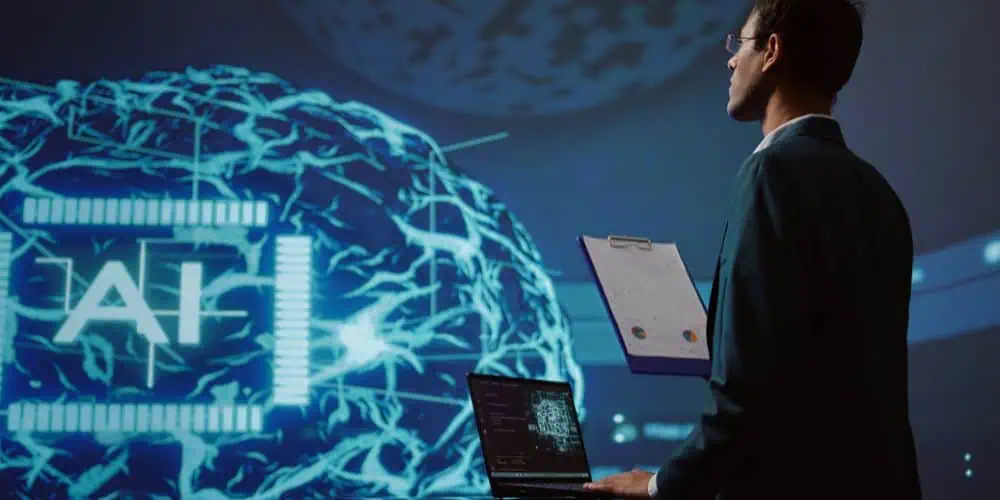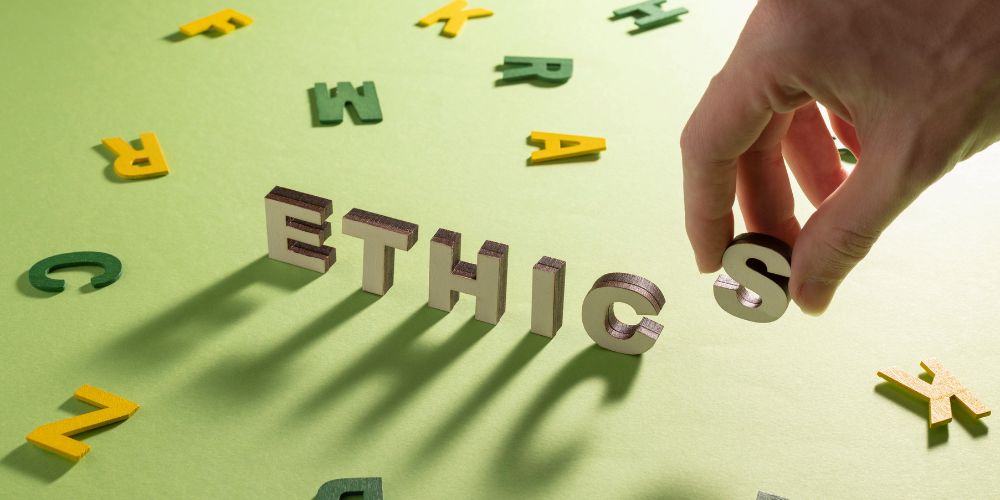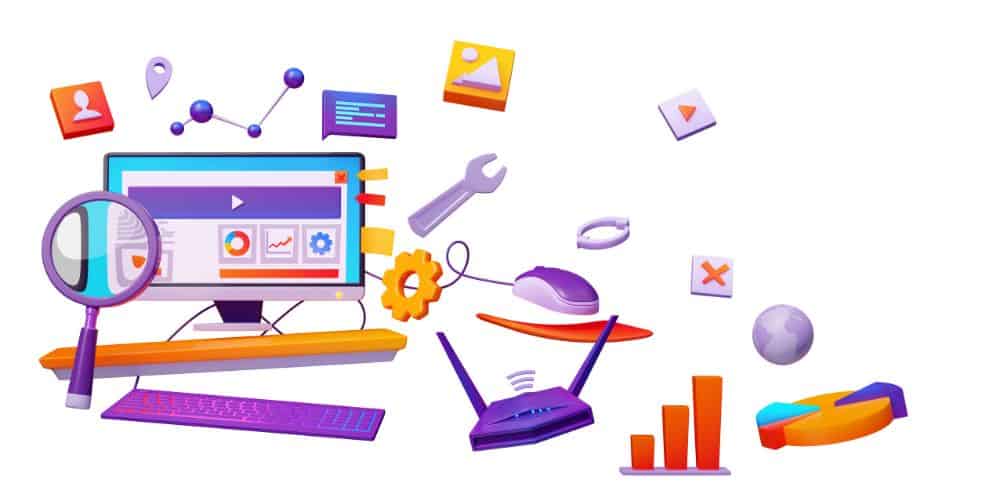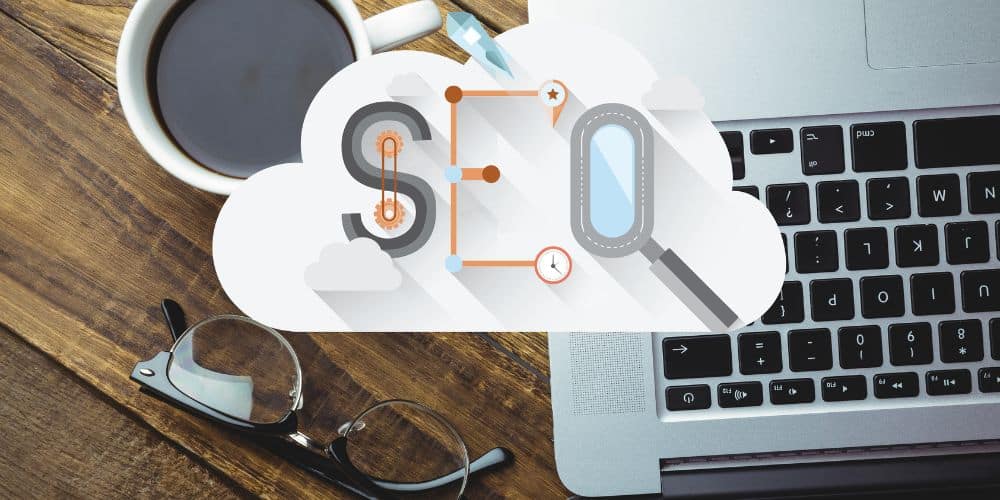
Artificial Intelligence (AI) is changing the way businesses run and how we live our lives. From suggesting movies to watch to helping doctors find diseases, AI is everywhere. But with all these benefits, there’s an important question: What is Ethical AI?
Imagine waking up, pouring your coffee, and discovering that the app you use to track news, or the service you depend on for job search, or the bank that approved your loan—all use artificial intelligence.
But what if those systems make decisions you don’t understand or can’t challenge? What if the tools treat some people unfairly? That’s why we should know: Why is ethical AI important? And why should you care?
Across Canada and around the world, businesses, governments, and everyday people are using AI. With that power comes responsibility. Experts expect the global AI market to reach $244 billion by 2025, driving massive growth and new challenges. As more people and companies use AI, the risk of unfair or harmful use also grows.
If we ignore the ethical side, we run into real problems:
- Bias, unfairness
- Hidden decision-making
- Privacy failures
In this blog, we will explore ethical AI. We’ll talk about why it matters now, the main issues to watch out for, the principles you should aim for, and how to put it all into practice in a real way.
Understanding Ethical AI: More Than Just Code
When we ask what ethical AI is, we’re really asking how we build and use AI systems the right way—systems that do the job but also respect people, fairness, rights, and values.
Defining Ethical AI: What Does It Really Mean?
Ethical AI isn’t just “good programming.” It goes beyond writing code that works. It asks:
- For whom does this work?
- Does it treat everyone fairly?
- Are its decisions explainable?
Ethical AI means creating and using artificial intelligence in an honest way. It makes sure AI systems treat everyone equally and protect people’s data. When AI is ethical, it helps people and businesses make better choices. It avoids bias, keeps information safe, and builds trust between humans and technology.
Ethical AI is about using technology with care, respect, and responsibility. It’s the right way to build smart systems that are good for everyone.
In traditional programming, we write clear instructions: if this, then that. But AI—especially machine learning works differently. The system “learns” from data, finds patterns, and makes predictions.
With that, learning comes uncertainty. Ethical AI issues arise when we leave out proper safeguards. The scope of ethics in AI and machine learning includes how data is collected, how models are built, how decisions are made, and how people are impacted.
Why Ethical AI Matters Now More Than Ever?

Now we are at a turning point. AI is no longer just in labs. It is in your phone, your loan application, your medical check-up, and your online shopping across Canada. But without ethics, AI can harm even unintentionally.
Have a quick look at some key reasons why ethical AI matters now:
- Businesses face growing legal and social pressure to use AI responsibly.
- Unethical AI can cause bias, discrimination, and data misuse.
- Ignoring ethics leads to loss of customer trust and heavy reputation damage.
You can also nurture leads through a drip campaign in a real estate system. It helps you share helpful updates, build trust, and stay connected with potential buyers or sellers effortlessly.
What are the Major Ethical Challenges in AI?
1. Bias and Fairness
Bias is one of the biggest problems in AI. It happens when an AI system treats one group better than another because of how it was trained or designed. For example, if a hiring tool learns mostly from data about men, it might unfairly reject women.
There are a few main types of bias:
- Historical bias: old data carries past unfairness.
- Sampling bias: the data doesn’t include everyone.
- Algorithmic bias: the design makes unfair results worse.
We can see this in real life. Some loan tools reject people from certain areas, and some facial recognition systems struggle with darker skin tones. To make AI fair, developers must check results often and fix unfair outcomes.
2. Transparency and the “Black Box” Problem
Many AI systems are so complex that even their creators can’t explain how they make decisions. This is called the black box problem.
When AI denies someone a loan or job, that person deserves to know why. People trust AI more when it is open and clear. In Canada, new rules require AI systems to explain their decisions.
Developers can use tools like clear documentation and decision logs to show how AI works. Transparency helps people understand and trust technology.
Using AI Analytics can turn raw data into clear insights. It helps companies understand data responsibly. Additionally, it makes fair decisions and builds transparent systems that improve both business performance and public trust.
3. Privacy and Data Protection
AI needs a lot of data to work well. Often, this includes personal information. Ethical AI means handling that data with care. Developers must collect data fairly, get real consent, and keep information safe.
In Canada, privacy laws like PIPEDA protect users’ data. Ethical AI means collecting only what’s needed and telling people how their data is used. Developers can use methods like anonymization to keep data private.
When we reduce bias, improve transparency, and protect privacy, we make AI fair, honest, and safe for everyone. Ethical AI keeps people at the center of technology.
What are the Core Principles of Responsible AI?
1. Fairness and Non-Discrimination
Responsible AI must treat everyone fairly. Developers should test AI systems on different groups. It includes gender, race, age, and ability to ensure no group faces unfair treatment.
However, AI should never assume one rule fits all. Moreover, fairness needs regular checks. Teams should watch how AI makes decisions, find any bias, and fix it right away.
2. Transparency and Explainability
People have the right to know how AI makes choices. The explanation should be simple and easy to understand, not full of technical terms. When people understand how AI works, they can trust it more.
Developers should clearly state what data the AI uses, what it is built for, and what limits it has. Honest communication builds trust.
3. Privacy and Security by Design
AI must protect privacy and security from the beginning. Developers should collect only the data they need and keep it safe from leaks or misuse. Privacy should be part of the system’s design, not an afterthought. In Canada, privacy laws focus on consent, safeguards, and only using data when necessary.
4. Accountability and Governance
Every AI system needs someone in charge. A clear person or team must take responsibility for how it works and what it decides. Regular checks and audits help make sure AI stays fair and safe. In Canada, new standards are being developed to guide the ethical use of AI. Strong governance helps keep AI trustworthy and under control.
How to Implement Ethical AI: A Practical Framework

AI shows up everywhere these days. From your phone’s voice assistant to self-driving cars on busy streets, it’s changing how we live. But as these tools get smarter, tough questions about right and wrong pop up.
What happens when AI makes a bad call that hurts someone? We can’t ignore these issues anymore. Think of AI like a powerful engine in a car. Without brakes and steering, it could cause real harm. That’s why we need strong rules to guide it toward good.
1. Developing an AI Ethics Strategy
You should start by looking inward. Ask simple but important questions:
- Are our AI systems fair and transparent?
- Do we follow Canadian privacy laws like PIPEDA?
- Do our teams understand how AI affects people?
Once you have clear answers, build an ethics plan. This plan should highlight where you can improve and what actions to take. Train your staff, review your AI systems, and make ethics part of your work. A good strategy turns values into habits.
2. Tools and Techniques for Ethical AI Management
After setting the strategy, use the right tools to keep AI honest and fair.
- Bias detection tools find unfair patterns in data.
- Explainable AI systems show how AI makes decisions.
- Ethical impact checks help spot risks early.
These tools make AI easier to trust and manage. They help you see problems before they grow and prove that your AI decisions are fair and responsible.
3. Building an Organizational Culture for Ethical AI
Strong ethics need a strong culture. Everyone, not just one team, should care about how AI works.
To build that culture:
- Run training sessions so employees understand ethical AI.
- Also, set up review boards to guide AI projects.
- Reward teams that build responsible and fair systems.
When ethics become part of the company mindset, trust grows. With tools like AI CRM in real estate, companies can manage clients smarter, build honest relationships, and deliver fair, personalized customer experiences every day.
Case Studies: Ethical AI in Practice
1. Success Stories: Organizations Getting It Right
Many Canadian and global companies now show how to use AI responsibly. Financial institutions use AI to approve loans and add transparency tools that explain every decision.
Customers can see why they were accepted or rejected, which builds trust and confidence.
In healthcare, startups design systems with privacy-by-design principles. They protect patient data from the beginning and keep information secure.
These companies prove that ethical AI drives innovation instead of slowing it down. When organizations focus on privacy, they gain stronger relationships and a better reputation.
2. Learning from Failures: When AI Ethics Were Ignored
Some companies failed because they ignored ethics. Hiring tools unfairly favored some genders, and predictive policing models targeted specific groups.
In each case, biased data and weak oversight caused the problem. These failures teach an important lesson. Test systems early, use diverse data, and assign clear responsibility.
The Future of Ethical AI
New Rules and Standards
Governments around the world are creating rules to make AI fair and safe.
For example, in Canada, the Directive on Automated Decision-Making helps guide how AI should be used in a fair and open way.
Other groups, like the European Union (EU) and the OECD, are also building global guidelines. These shared rules will help all countries use AI responsibly.
In the future, companies that follow these ethical standards may gain a strong advantage. People will trust them more and prefer their products.
New Technology Helping Ethical AI
Technology is also improving to make AI more fair and honest.
Some exciting advances include:
- AI tools can now spot unfair patterns in data.
- This helps people understand how and why AI makes decisions.
- New tech, like synthetic data, helps protect personal information.
Operationalizing Ethics: From Principles to Practice

Talk is cheap. Real change happens in daily work. Here’s how to make ethics stick.
Building Ethical AI Teams and Interdisciplinary Collaboration
Don’t leave ethics to techies alone. Mix in philosophers, lawyers, and sociologists. They spot blind spots that engineers miss. Create a Responsible AI role to flag issues early.
For a strong review board, add:
- One ethicist for moral checks.
- A data pro to hunt bias.
- Legal aid for rule fits.
- User rep for real-world views.
Teams like Google’s now include these voices. It slows some projects, but saves headaches later. Collaboration sparks better ideas. Everyone wins when diverse minds team up.
MLOps for Ethical Auditing and Continuous Monitoring
MLOps tools watch AI in action. They spot when models drift from the original training. Bias might creep in as data changes. Regular audits keep things honest.
Set up kill switches to pause bad runs. Human loops let people step in for big calls. A bank used this after their loan AI started favoring certain areas. Monitoring fixed it fast. Tech like this turns ethics into routine. No more surprises down the line.
Developing Robust AI Impact Assessments (AIIAs)
Before launch, run full checks. AI Impact Assessments map risks to society, the environment, and even jobs. List potential harms and fixes.
Steps include:
- Map data sources for bias.
- Test on various groups.
- Plan for long-term effects, like carbon from servers.
Frequently Asked Questions About Ethical AI
1. What are the biggest ethical problems in AI?
The main issues are bias, lack of openness, and privacy risks. These problems can make AI systems unfair or hard to trust.
2. How can small organizations use ethical AI?
Start with small steps:
- Use clean and honest data.
- Keep records of how decisions are made.
- Try simple tools to check fairness.
Remember, ethical AI is more about the right attitude than a big budget.
3. What’s the difference between ethical AI and responsible AI?
- Ethical AI is about values — like fairness, honesty, and safety.
- Responsible AI means putting those values into action in real systems.
4. How can we measure fairness in AI?
You can check fairness by comparing how AI makes decisions for different groups of people. It also helps to have humans review results often to make sure everything stays fair.
5. Where can I learn more about AI ethics?
You can learn from:
- Canadian universities and government websites
- Groups like the AI Ethics Lab
- Nonprofit research networks that share real-world examples
Conclusion: The Path Forward for Ethical AI
Ethical AI is not a constraint. It’s an enabler. When you build systems that are fair, transparent, respectful of privacy, and accountable, you unlock stronger, more sustainable outcomes.
So, what is ethical AI? It’s rooted in respect for people, for rights, for fairness. It means asking the right questions. It means designing intentionally. Also, it means monitoring, improving, and staying accountable.
Let’s use AI, but in the right way. Let’s create systems we’re proud of. Responsible, inclusive, transparent.
Key points stick: Ethical AI fuels growth, not blocks it. It ensures tech helps without harm. We all share the load—makers, watchers, users.
If your organization is using AI, or planning to, take one step today: run a basic review of your AI systems. Check for bias, transparency, and privacy. Then plan your roadmap for ethical AI. Also, explore AI marketing strategies for real estate agents to enhance your lead generation and target the right clients more effectively.









